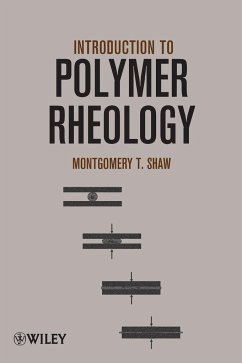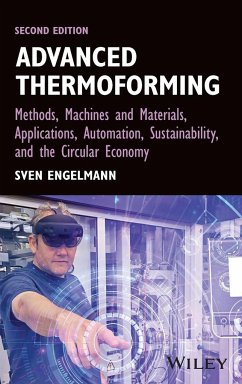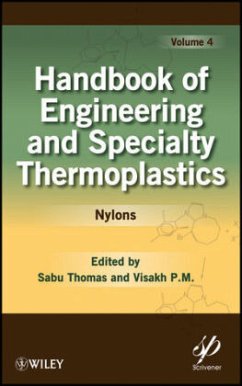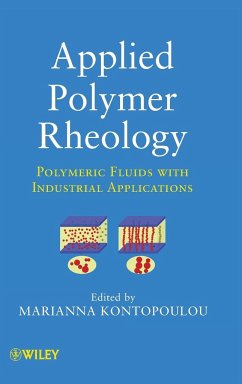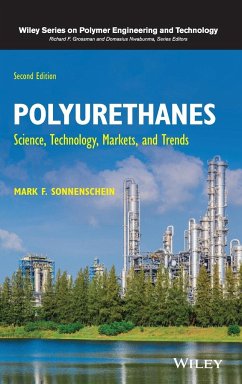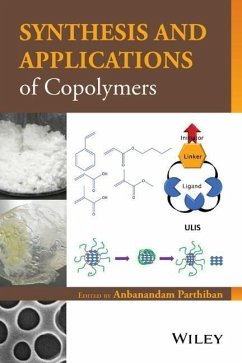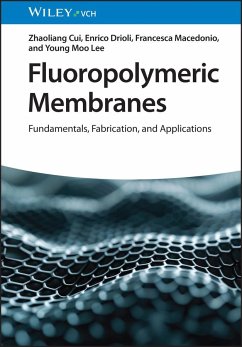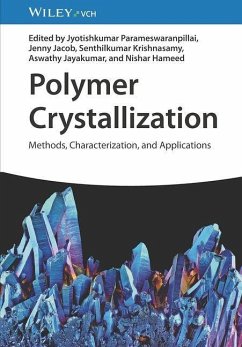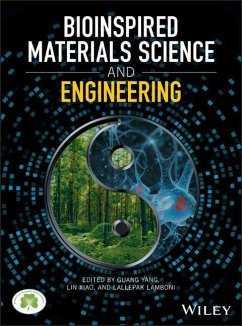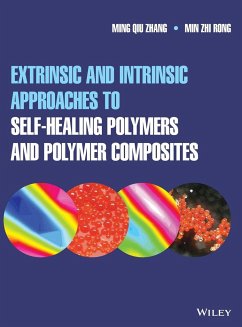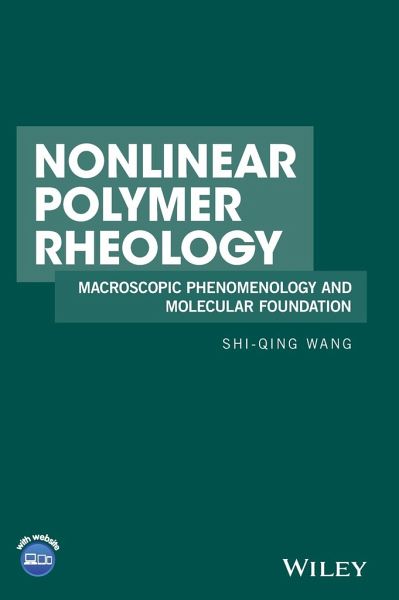
Nonlinear Polymer Rheology
Macroscopic Phenomenology and Molecular Foundation
Versandkostenfrei!
Versandfertig in über 4 Wochen
171,99 €
inkl. MwSt.
Weitere Ausgaben:

PAYBACK Punkte
86 °P sammeln!
Integrating latest research results and characterization techniques, this book helps readers understand and apply fundamental principles in nonlinear polymer rheology. The author connects the basic theoretical framework with practical polymer processing, which aids practicing scientists and engineers to go beyond the existing knowledge and explore new applications. Although it is not written as a textbook, the content can be used in an upper undergraduate and first year graduate course on polymer rheology._ Describes the emerging phenomena and associated conceptual understanding in the field o...
Integrating latest research results and characterization techniques, this book helps readers understand and apply fundamental principles in nonlinear polymer rheology. The author connects the basic theoretical framework with practical polymer processing, which aids practicing scientists and engineers to go beyond the existing knowledge and explore new applications. Although it is not written as a textbook, the content can be used in an upper undergraduate and first year graduate course on polymer rheology.
_ Describes the emerging phenomena and associated conceptual understanding in the field of nonlinear polymer rheology
_ Incorporates details on latest experimental discoveries and provides new methodology for research in polymer rheology
_ Integrates latest research results and new characterization techniques like particle tracking velocimetric method
_ Focuses on the issues concerning the conceptual and phenomenological foundations for polymer rheology
_ Has a companion website for readers to access with videos complementing the content within several chapters
_ Describes the emerging phenomena and associated conceptual understanding in the field of nonlinear polymer rheology
_ Incorporates details on latest experimental discoveries and provides new methodology for research in polymer rheology
_ Integrates latest research results and new characterization techniques like particle tracking velocimetric method
_ Focuses on the issues concerning the conceptual and phenomenological foundations for polymer rheology
_ Has a companion website for readers to access with videos complementing the content within several chapters




